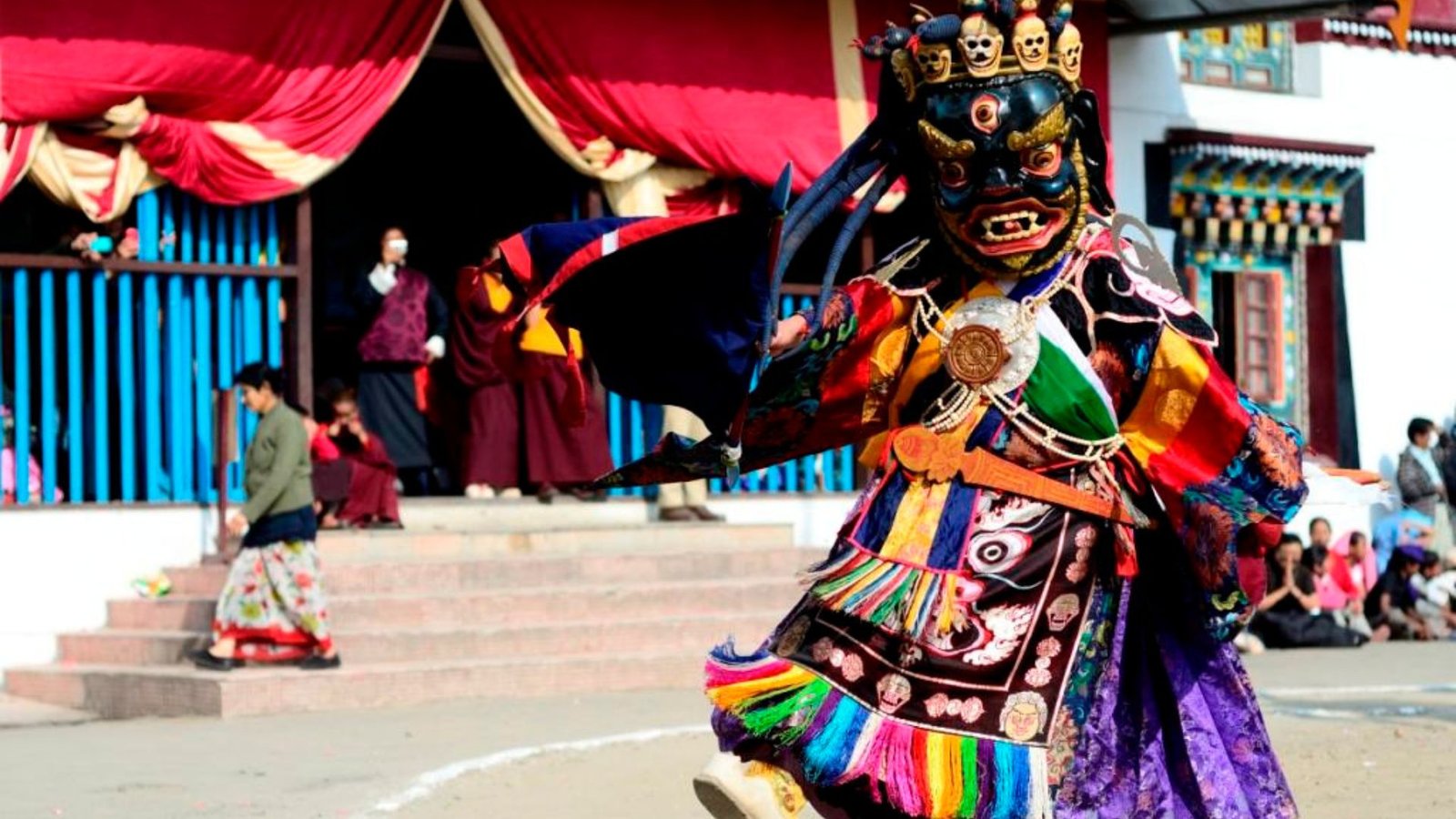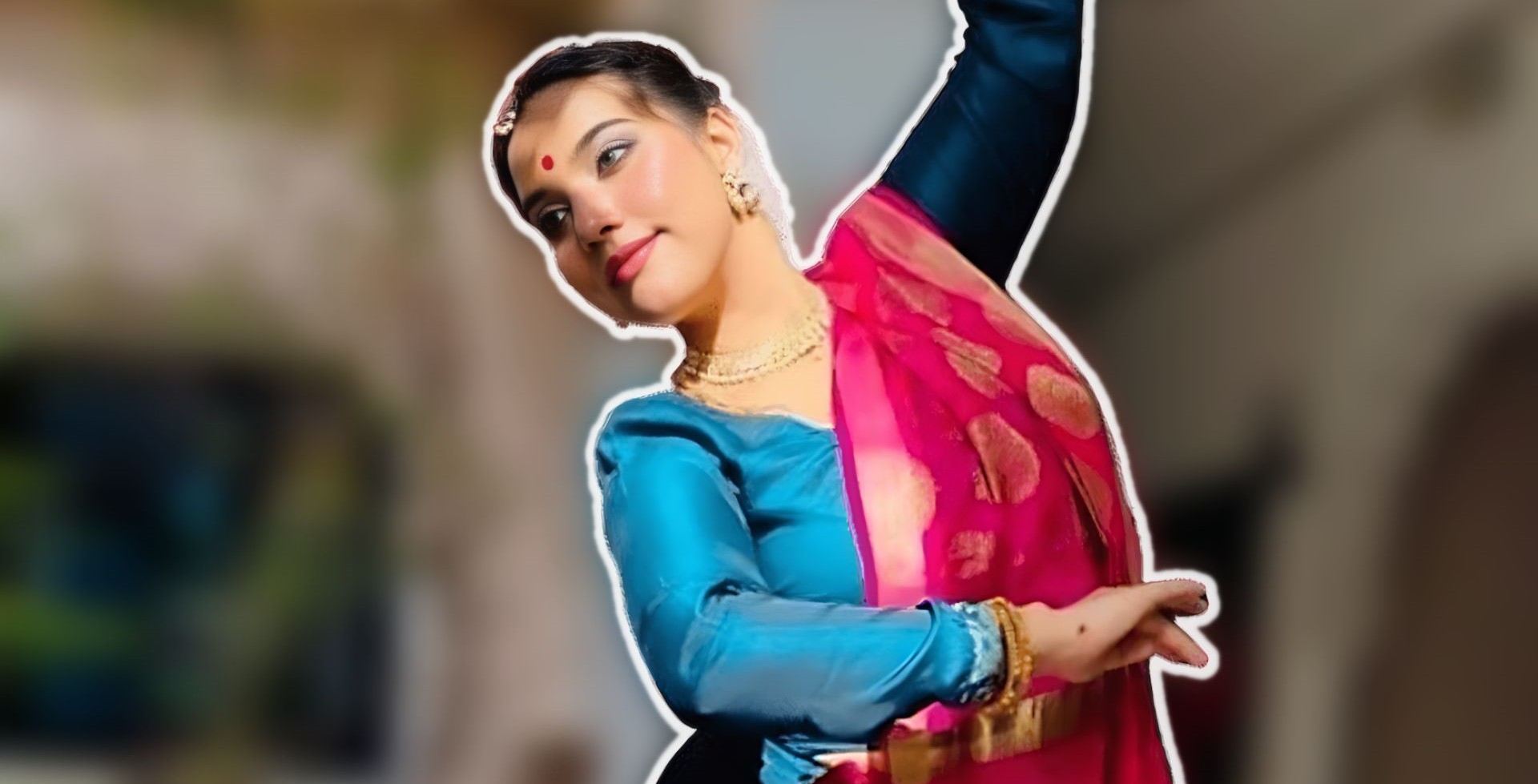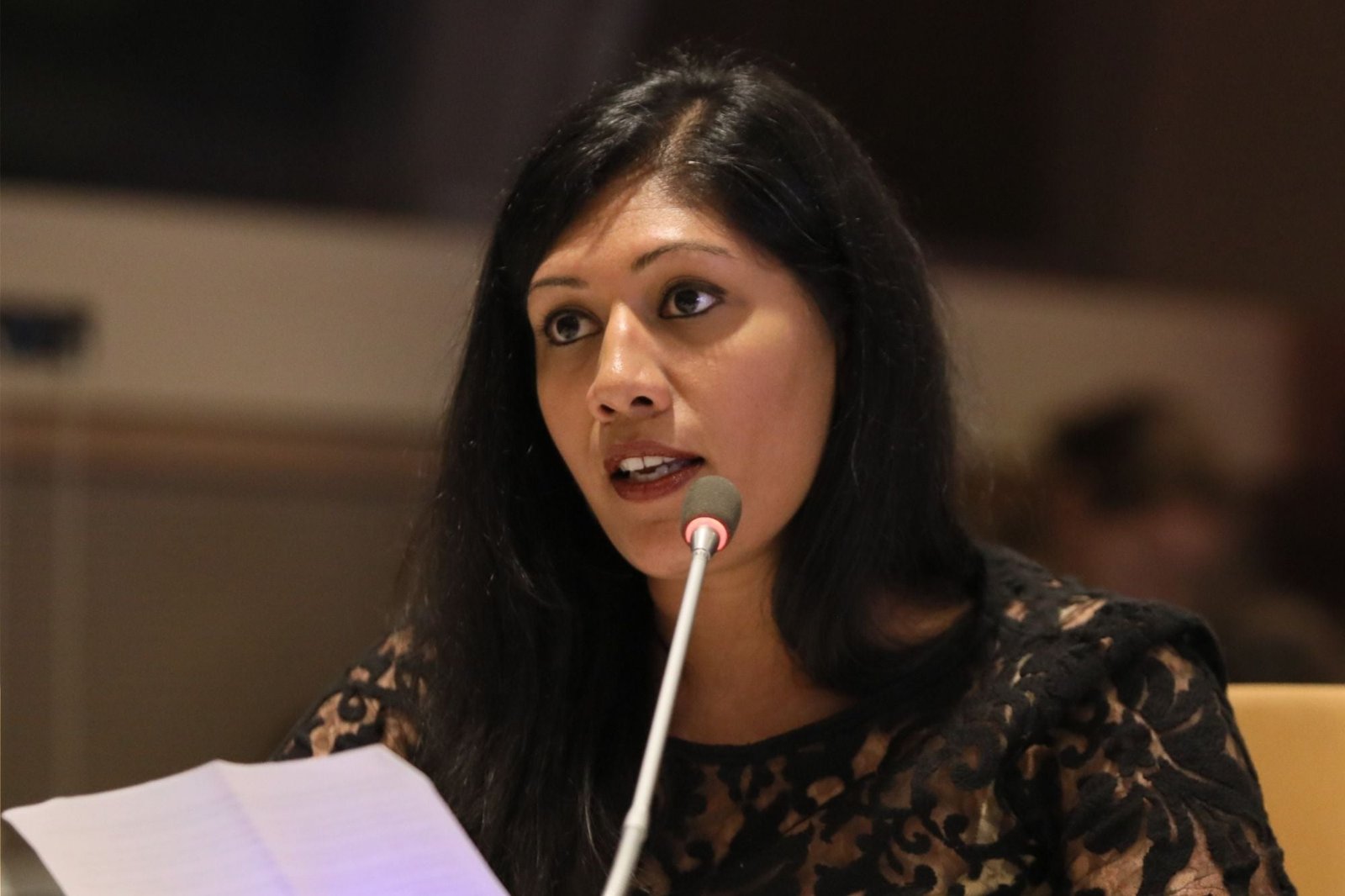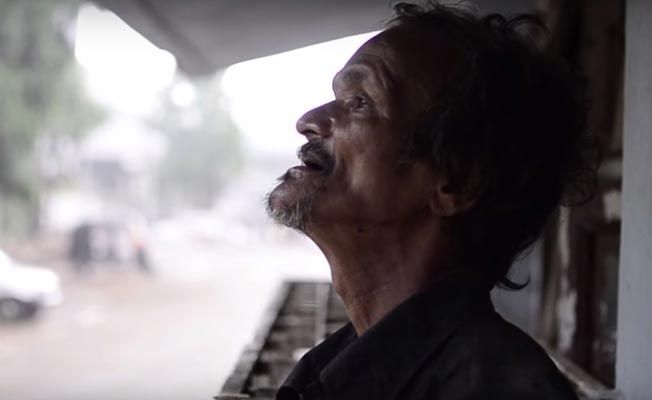Across nations, India is one of the most diverse and culturally rich countries. From snow covered Himalayas of the north to the tropical beaches of south, from the dense greenery of Northeast to the deserts of Rajasthan, all contribute to its varied geography. It has given birth to different lifestyles, food habits, customs and occupations across regions.
India is home to more than 1.3 billion people, who speak 22 officially recognized languages and thousands of dialects. Its culture is deeply rooted in history, religion and tradition.
What truly captures the spirit of India?
Festivals. Because it reflects Indian traditions, faiths, and love for togetherness, which is rare in other countries. Festivals in India are not limited to one state or religion, people from other community’s honor and celebrate them too.
About Sikkim
Sikkim, a state which is small in size but vast in beauty, traditions and culture, is nestled in the lap of mighty Himalayas. Travelers across the globe are attracted to its popular spots like Yumthang Valley, Nathu La Pass, Gurudongmar Lake, Tsomgo Lake. Every corner of Sikkim is breathtaking, pure and untouched, like a postcard.
Butter tea and millet beer are the traditional drinks of the state. Dishes like momos, gundruk, phagshapa (pork with radish) and thukpa (noodle soup) are everyone’s favourite.
Sikkim is also known as one of India’s richest biodiversity zones. Himalayan black bears, snow leopards, red pandas and hundreds of species of birds, reside here.
Though it is a land of picturesque beauty, its soul lies in its people. Bhutias, Nepalis and Lepchas add their own charm to the state with each bringing their own traditions and colors to the cultural fabric.
Vibrant festivals, music and cuisine is added by the Nepalis, Bhutias carry forward their Tibetan Buddhist traditions and Lepchas, the original inhabitants, highlight the depth of nature.
Despite the difference in faiths and customs, people of Sikkim live in harmony, embodying the true spirit of unity in diversity.
Cultural Highlights
Pang Lhabsol, the most cherished festival of Sikkim is celebrated to honor Mount Kanchenjunga, which is the world’s third highest mountain. It is the most sacred guardian deity of Sikkim. It is a living protector who watches over its people and their lands.
What highlights its specialty is that it is not just confined to religious ritual alone, it also commemorates the brotherhood oath between Lepchas and Bhutias. It serves as a reminder of their roots, their culture and their duty toward nature.
Reflecting on the past to know why it is celebrated, RECITE YOU, discovered that centuries ago, Bhutias entered into a sacred friendship pact with the native Lepcha people, when they migrated from Tibet. Mutual respect, peace, and cooperation is what they promised to each other and to revive this promise, every year Pang Lhabsol is celebrated. Which reminds people of Sikkim of their shared heritage.
Depending on the lunar calendar, Pang Lhabsol is usually celebrated in August or September.
Pemayangtse Monastery, Rabong Monastery, and Tsuklakhang Monastery are important Monasteries where visitors can observe outstanding celebrations.
The joy of celebration is not just confined to Monasteries, people living across villages and towns also participate in lighting butter lamps and preparing offerings. On this day along with Monks and Lamas, devotees gather at the monastery to offer prayers, perform rituals, and take part in honor ceremonies of Mount Kanchenjunga and other protective deities. Though this festival is rooted in Buddhist traditions, it is not restricted to Buddhists alone, people of other faiths like Hindus, Christians also join in the celebrations.
The deep connection between people and nature is highlighted during the Pang Lhabsol festival. By worshiping the great Mount Kanchenjunga, people of Sikkim show their reverence for the environment.
The famous masked ‘Chaam dance’ is the key highlight of Pang Lhabsol, also known as Pangtoed dance. It is a spiritual performance which reenacts the battle between good and evil, symbolising the victory of divine force over negativity and also reminding the devotees of the unceasing protection from their guardian spirits. While creating an atmosphere of both mystery and devotion, dancers move in slow, deliberate steps to the rhythm of horns, cymbals and drums.
Pang Lhabsol is an attraction for tourists. To witness the spirit of unity, masked dance and rituals, people from across India and the world visit Sikkim. The government of Sikkim promotes this festival as part of the state’s rich heritage as the offerings to deities, the chants of monks, joyous gatherings, and the masked dances all reflect the deep spiritual and cultural life of the people.
In the present age where divisions are common within borders and beyond, Pang Lhabsol stands as a symbol of harmony that preaches everyone that faith, respect for nature, kindness and unity in diversity can build a strong peaceful society. Pang Lhabsol is not just a festival; it is the soul of the Himalayas and a message to the world that diversity is not a barrier to togetherness.
As RECITE YOU continues its journey across India, Pang Lhabsol reminds us that festivals are more than rituals — they are living expressions of identity, gratitude, and shared humanity. In the sacred chants that echo through the monasteries, in the rhythm of the Chaam dance, and in the smiles of people gathered together, one witnesses not just celebration but connection — between the mountains and their protectors, between faiths and communities, between past and present.
This is what makes India’s cultural landscape extraordinary — every festival carries a heartbeat that unites people beyond geography, language, or belief. Pang Lhabsol, in its essence, teaches that true progress lies in remembering our roots while honoring coexistence.
It shows that spirituality is not confined to prayer halls; it lives in the way people care for nature, uphold promises, and celebrate each other’s differences. Through this festival, Sikkim continues to inspire the world by showing how traditions can become timeless bridges of peace. As RECITE YOU moves forward to explore more such stories, it celebrates not just the diversity of India, but the invisible thread that holds this diversity together — love, faith, and respect for all. Pang Lhabsol, thus, is not only the heart of Sikkim but a reflection of India’s undying spirit — one that beats in harmony with every mountain, melody, and moment that makes this land divine.





2 Comments
[…] Read Also: The Heart Of Sikkim – Pang Lhabsol […]
[…] Read Also: The Heart Of Sikkim – Pang Lhabsol […]
Comments are closed.